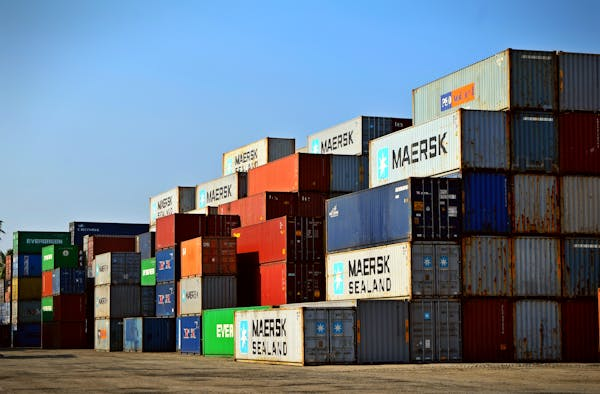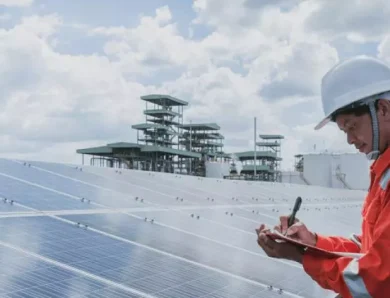
Steps to Renting a Commercial Dumpster
Renting a commercial dumpster is a practical solution for businesses, construction sites, and large-scale projects that require efficient waste management. Whether you’re undertaking a renovation, cleaning out a commercial space, or managing debris from a construction site, following a structured approach to renting a dumpster ensures that you choose the right size, meet legal requirements, and manage costs effectively.
Assess Your Waste Management Needs
The first step in commercial dumpster rentals is to assess your specific waste management needs. Consider the scope and duration of your project, as well as the type and volume of waste you anticipate generating. This assessment will help you determine the appropriate size and type of dumpster required. For example, smaller projects like office cleanouts may only require a 10-yard dumpster, while larger construction sites might necessitate a 30-yard dumpster or larger.
Research Dumpster Rental Companies
Once you have an idea of your dumpster size requirements, research local dumpster rental companies. Look for reputable providers with positive reviews and a track record of reliability. Consider factors such as pricing, rental terms, additional services (like recycling options), and customer support. It’s beneficial to obtain quotes from multiple companies to compare costs and services offered.
Determine Legal and Practical Considerations
Before finalizing your rental decision, it’s crucial to consider any legal or practical requirements associated with dumpster placement and usage. Some municipalities have regulations regarding where dumpsters can be placed, permits required for placement on public property, and restrictions on certain types of waste. Ensure compliance with these regulations to avoid potential fines or delays in your project.
Select the Right Dumpster Size
Based on your assessment of waste volume and type, select the appropriate dumpster size from the options provided by the rental company. Common sizes include 10-yard, 20-yard, and 30-yard dumpsters, with variations available depending on the provider. Choosing the right size is essential to optimize cost-effectiveness and ensure you have adequate space for all your waste materials without overloading the dumpster.
Review Rental Terms and Pricing
Carefully review the rental terms and pricing provided by the dumpster rental company. Pay attention to details such as rental duration, included weight limits, additional fees for exceeding weight limits or rental period extensions, and terms for scheduled pickups. Understanding these terms upfront helps you avoid unexpected charges and ensures a smooth rental experience.
Schedule Delivery and Pickup
Once you’ve selected a dumpster rental company and finalized the rental agreement, schedule the delivery of the dumpster to your project site. Coordinate the delivery date and time with the rental company to align with your project timeline. Similarly, discuss and confirm arrangements for dumpster pickup once your project is complete or the dumpster is full.
Prepare for Dumpster Use
Before the dumpster arrives, prepare the designated area for placement. Ensure there is sufficient space for the dumpster and clear any obstacles that may obstruct access. Communicate any specific instructions or requirements to the rental company regarding placement and accessibility to facilitate smooth delivery and pickup.
Dispose of Waste Responsibly
During the rental period, fill the dumpster responsibly according to the guidelines provided by the rental company. Avoid overloading the dumpster beyond its capacity and refrain from disposing of hazardous materials or prohibited items. Proper waste segregation, including recycling where applicable, promotes environmental responsibility and may influence overall disposal costs.
Conclusion
Renting a commercial dumpster involves several key steps to ensure effective waste management and compliance with legal requirements. By assessing your specific needs, researching rental companies, selecting the right dumpster size, understanding rental terms, and preparing for delivery and pickup, you can streamline the process and optimize cost-effectiveness. Whether you’re tackling a short-term renovation project or managing ongoing waste at a construction site, following these steps will help you navigate the rental process successfully and maintain a clean, organized work environment.




